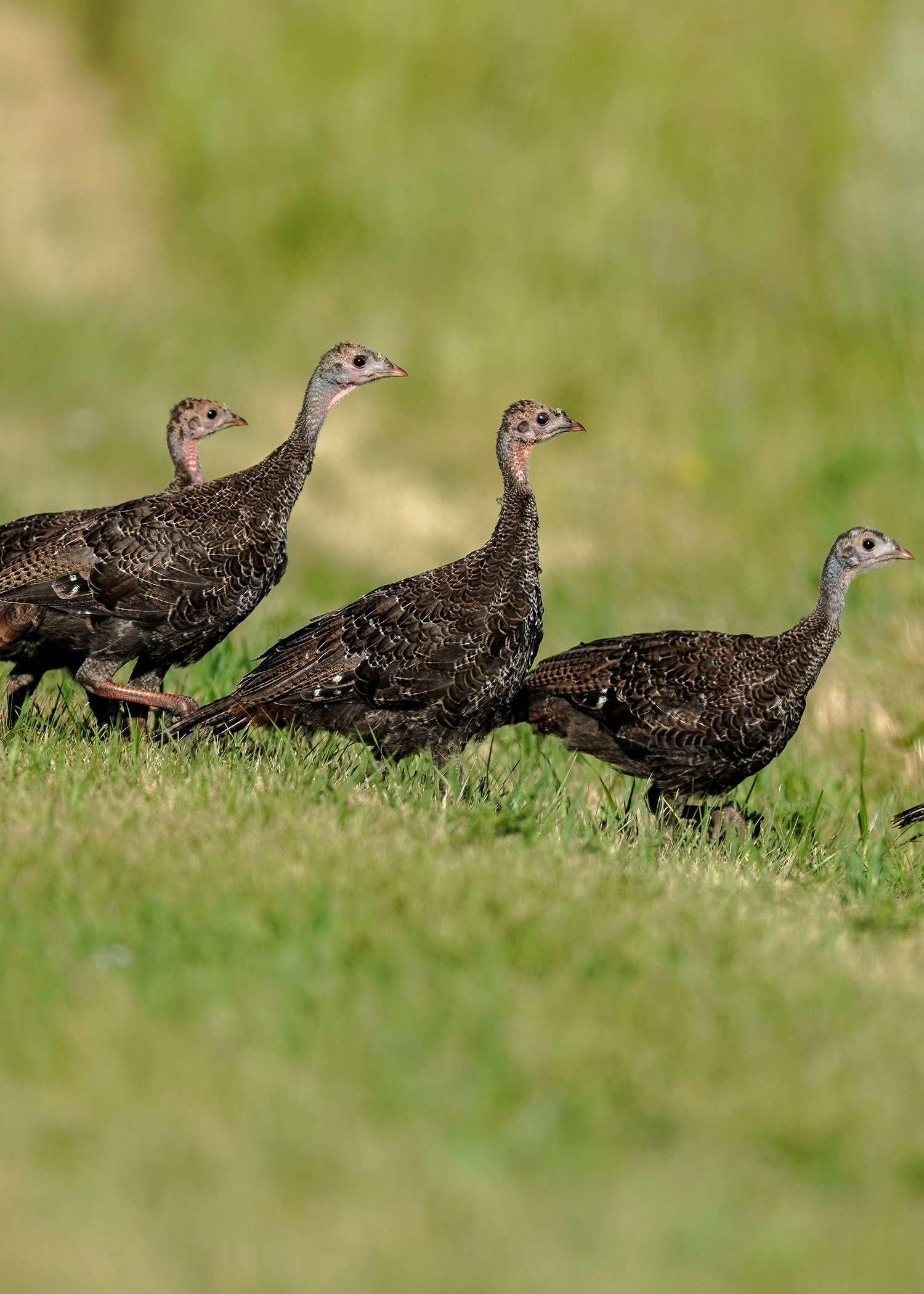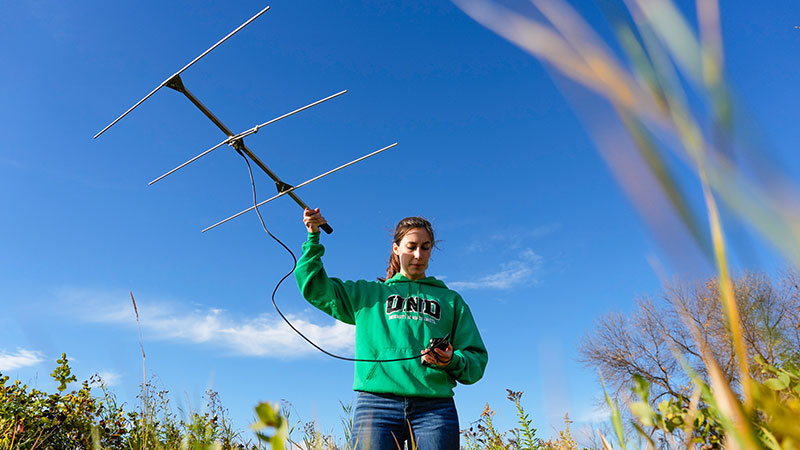Anecdotal Turkey Findings
Ron Wilson

It’s only a guess if winter will dig its heels into North Dakota in early November like last year and linger way longer than tolerable.
What’s certain is that winter is coming and that North Dakota Game and Fish Department personnel will be trapping wild turkeys for the second year running and fitting them with backpack-style GPS transmitters with VHF to allow researchers the ability to track the birds.
Department personnel put transmitters on 100 turkeys last winter, with the goal of fitting 115 birds with the same devices this winter.
Rodney Gross, Game and Fish Department upland game management biologist, said this winter will mark the end of trapping turkeys for this specific research project.
What follows in the five-year study, conducted in conjunction with the University of North Dakota, is field work and data analysis.
After less than a full season of tracking turkeys from the air and on the ground, Gross said they’ve already gained some insight into a species that’s been studied very little over the years in North Dakota.
“While everything we know at this point is anecdotal, we’re learning some really good stuff about our turkeys,” Gross said. “We’ve been moving these turkeys since the 1990s from depredation sites on private lands to wildlife management areas and we don’t know where they’re going specifically, are they moving off to other areas? We also want to know more about survival, and we’re finding so far is that survival has been a little better than what I expected. Having to deal with the tough elements of last winter and being moved to new locations … it was encouraging to see that they survived as well as they did.”
Gross added that the nesting success by those birds relocated to wildlife management areas was low, but that was expected, especially among juvenile hens that typically have a 5% chance of hatching young.

Department personnel put transmitters on 100 turkeys last winter before relocating the majority of the birds to Department managed lands.
“We figured that’s how it would go because we were taking turkeys and putting them in places they weren’t familiar with,” he said. “When you do that, their pecking order gets out of whack. They will eventually reestablish that order and it will be interesting to see in year two if these hens will nest after everything is reestablished.”
It needs to be noted that not all the birds trapped and marked with GPS transmitters this winter and last are relocated to new digs. Some birds, the study control birds, stay on site.
Much of the weight of the study falls on Cailey Isaacson, University of North Dakota Ph.D. student, who has been monitoring movements and the whereabouts of the turkeys for months.
“I’m all over the western half of the state, essentially west of the Missouri River,” Isaacson said. “My commutes are about 3-5 hours between field sites.”
“You would think 15-plus miles for a turkey is pretty good movement … it just shows you what they are capable of doing,” he said. “I had an idea that they would makes those kinds of moves because we don’t have abundant turkey habitat in North Dakota, except for the river corridors. Then again, they’re not necessarily in all cases following river corridors either. They’re going over prairies and crossing other rivers to find what they’re looking for.”
The results of the five-year study will hopefully aid in the Department’s effort to manage a population that has been pursued by hunters in spring and fall for years.


